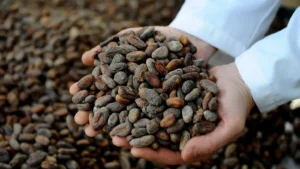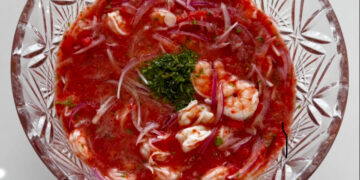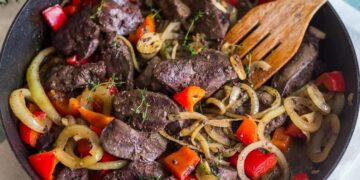Cacao, often referred to as the “food of the gods,” has enchanted humanity for centuries with its rich flavor and health benefits. But recent discoveries in Ecuador have shed new light on the origins of this cherished superfood, reaffirming its place not just in culinary history but also in the annals of ancient civilizations.
A Rediscovered Origin in Ecuador
While cacao’s association with Mesoamerican cultures such as the Maya and Aztec is well-documented, groundbreaking research has traced the earliest known cultivation of cacao to the lush Amazonian regions of Ecuador. Archaeological findings reveal that the ancient Mayo-Chinchipe culture, dating back more than 5,000 years, was among the first to domesticate and use cacao. This predates previously known cultivation sites in Central America by at least a thousand years.
Residue analysis of ceramic artifacts unearthed in the Santa Ana-La Florida site in southern Ecuador revealed traces of theobromine, a compound unique to cacao plants. These findings suggest that cacao played a vital role in the social and ritualistic practices of these early societies, long before it became the cornerstone of Mesoamerican culture.
The Superfood Legacy
Cacao’s enduring appeal lies not only in its rich cultural heritage but also in its impressive health benefits. Known for its anti-inflammatory properties, cacao is packed with antioxidants, particularly flavonoids, which help combat oxidative stress and reduce inflammation in the body. These properties make cacao an essential component in modern health and wellness practices.
Beyond its anti-inflammatory capabilities, cacao also supports cardiovascular health, improves cognitive function, and enhances mood, thanks to compounds like magnesium and theobromine. Whether consumed as raw cacao nibs, powder, or dark chocolate, its superfood status remains undisputed.

A Symbol of Connection and Exchange
The discovery of cacao’s Ecuadorian origins highlights the interconnectedness of ancient civilizations. As cacao spread from the Amazon to Mesoamerica, it became a vital trade commodity, a source of currency, and a symbol of status and spirituality. From the ceremonial drinks of the Maya to the cacao-based concoctions cherished by Aztec emperors, this remarkable plant has woven itself into the fabric of human history.
Cacao in Modern Times
Today, cacao continues to inspire and delight. Ecuador, with its unique varieties like Arriba Nacional, remains a global leader in fine cacao production. Farmers and chocolatiers alike are dedicated to preserving its legacy while embracing sustainable practices to ensure its future.
As researchers uncover more about cacao’s ancient past, we are reminded of its profound impact on culture, health, and history. The story of cacao is not just a tale of a plant but a testament to human ingenuity and our enduring connection to the natural world.
Conclusion
The recent discoveries in Ecuador provide a richer, more nuanced understanding of cacao’s origins, elevating its significance beyond culinary delight. As both a superfood and a cultural icon, cacao continues to nourish and inspire, proving that its legacy is as enduring as its flavor. Next time you savor a piece of dark chocolate, you might just taste a little bit of history.











